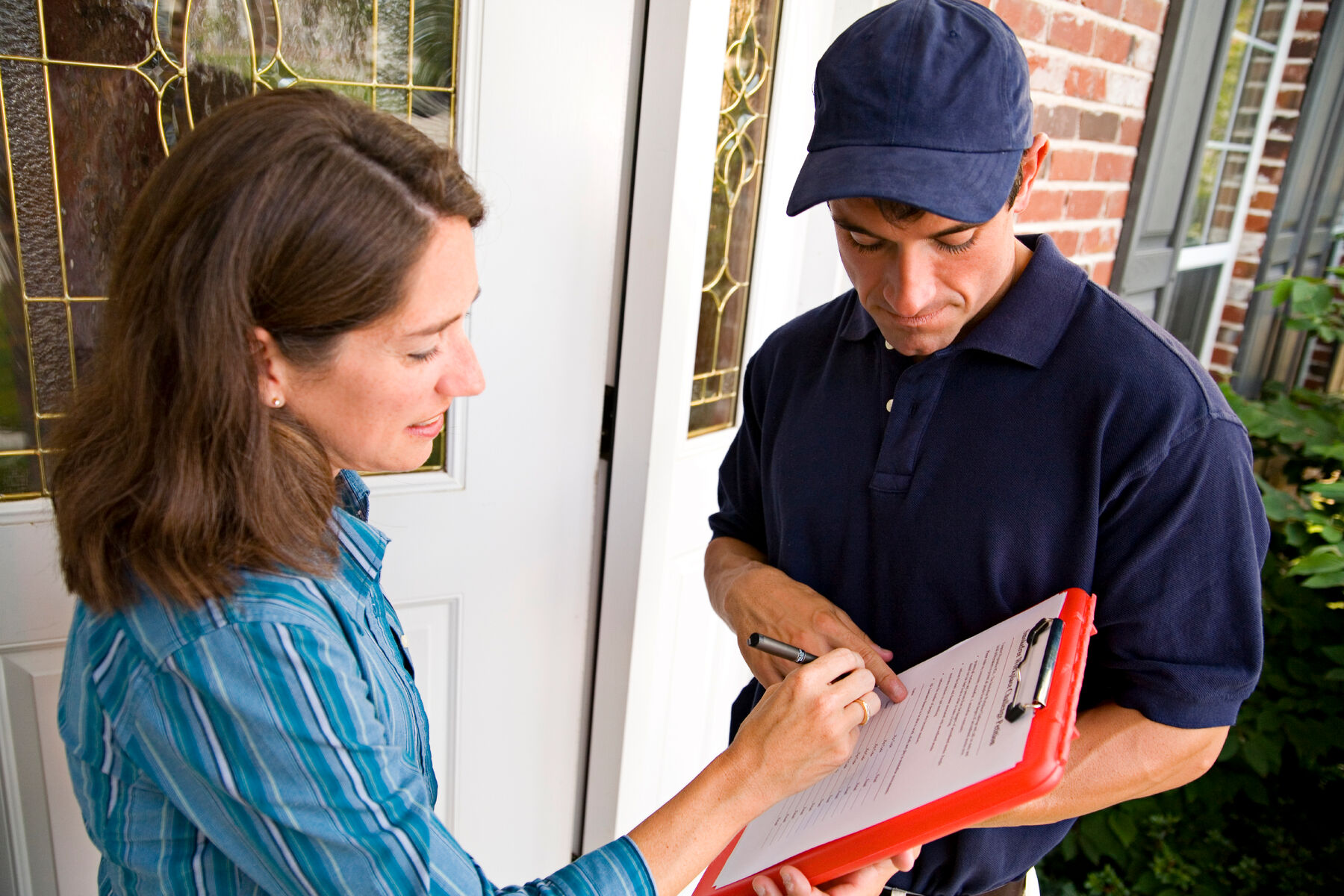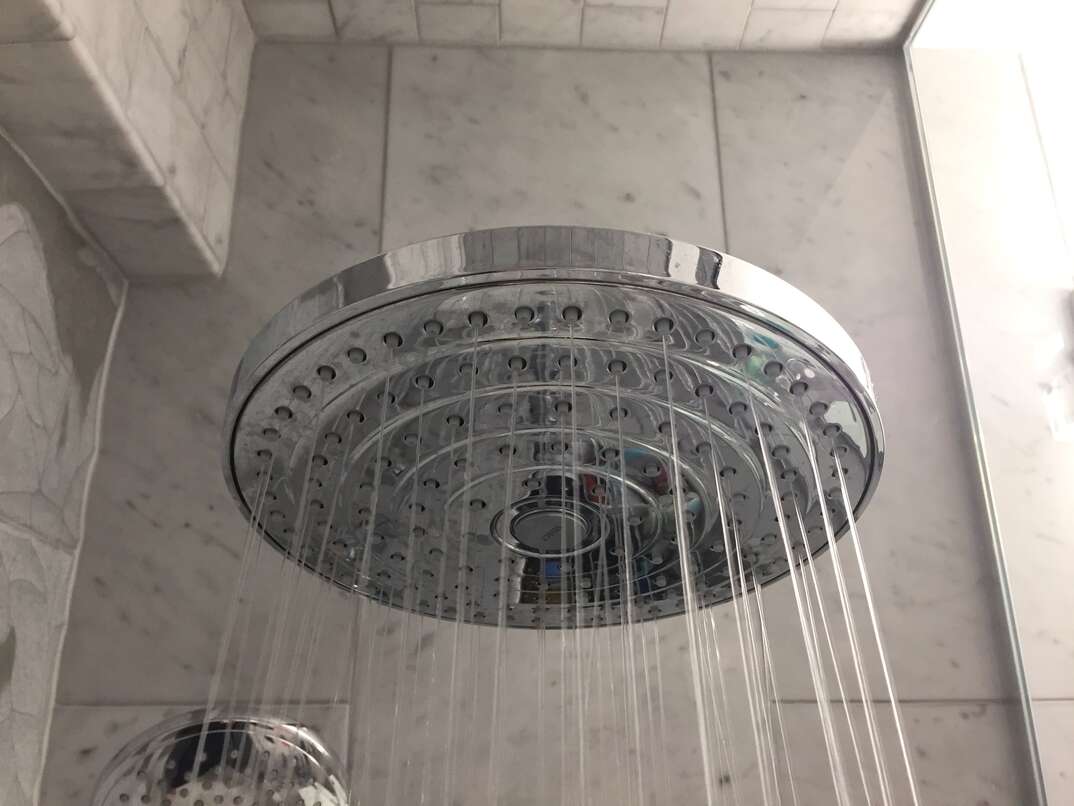8 easy DIY Home maintenance tips
We're all busy, and as a result, certain tasks get pushed to the wayside - the way, way, wayside. While I can't leave a sink full of dirty dishes for longer than 24 hours, I have no problem "forgetting" about the gutters. That is, until they're overflowing with leaves - and then I remember.
If you're looking to start small like me, try out these DIY home maintenance tips for tasks you can tackle on your own:
1. Clean those gutters
My least favorite, and a major autumnal responsibility for homeowners: If you get up on that ladder right after the first leaf fall and clear gutters out while leaves are dry, this shouldn't be difficult. You can also try these unconventional tricks from BobVila.com to speed up the process.
2. Check that HVAC
Many aspects of a typical HVAC tune-up need to be handled by professionals. But you can deal with some heating and cooling system maintenance tasks yourself, like replacing or cleaning air filters and checking the thermostat controls, to improve your HVAC and help save money on energy bills.
3. Naturally scrubbing the stovetop
Residue sticks to stovetops like nobody's business, especially for gas stoves. If you go long enough without cleaning, it'll be a nightmare when the crud buildup is basically a fire hazard. Instead, deep clean the burners naturally every couple of weeks: The Maids recommend a combination of dishwashing liquid and baking soda for gas stoves, while DIY Network has a vinegar-based method for electric stovetops.
Learn More About Home Repair Plans Near You
4. Smoke detector upkeep
Sure, it's annoying when smoke detectors go off because of common, non-serious kitchen issues - but you can’t blame them, they're just doing their job. Now's as good a time as any to check your household detectors' batteries and equip them with new ones as needed.
5. Assessing air quality
How clean is the air in your house? It's worth checking on a semi-regular basis. The Environmental Protection Agency recommends looking for radon, carbon monoxide, volatile organic compounds and other harmful particulate matter like mold. According to Second Nature, an electronic indoor air quality monitor typically costs between $100 and $200, but it can be a worthwhile investment.
6. Checking windows and doors
Winter will be here before you know it. You'll want to check how ready your doors and windows really are for the colder months. Replace the worn-out ones, and for windows, switch out screens for strong storm-glass options.
7. Home heating check-up
If you heat your home using propane or oil, it won't be long before those systems have to be turned on. Before doing so, check the vents or chimney for signs of wear and tear. You likely aren't qualified to do more than that, so call a professional for a chimney sweep.
8. Pest control
Consider how often you're seeing ants and other bugs. If it's more than "once in a blue moon," The Spruce recommends you consider implementing natural insect repellents like vinegar, citrus peels, spices and essential oils to ward them off.
Being prepared for home repairs is always a good strategy. See how plans from HomeServe can help with the costs of covered repairs.




